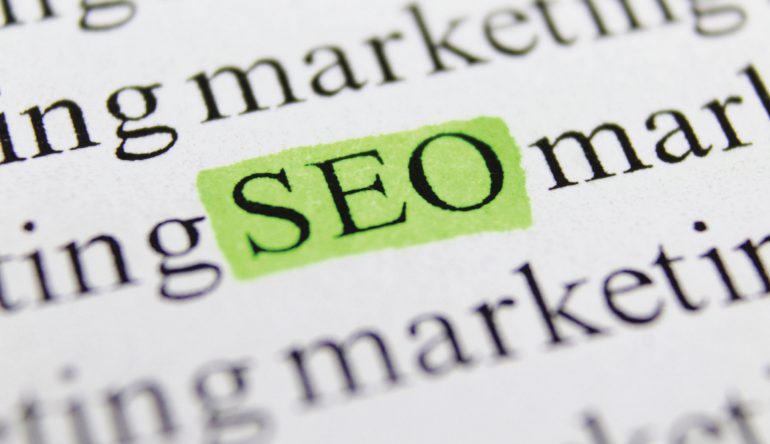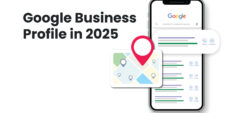On-page SEO is one of the most important things you can do to improve your website’s ranking.
By optimizing your pages for both search engines and users, you can make a big impact on your traffic and visibility.
You want your website to rank high in the search engines and bring in organic traffic. But what do you need to do to make that happen? A lot of it has to do with on-page SEO.
In this blog post, we’ll go over some of the most important on-page SEO factors that you need to be aware of.
So let’s get started!
What is on-page SEO?
On-page SEO is the process of optimizing a website for Google search with the goal of earning higher web traffic levels and improving the visibility of the site.
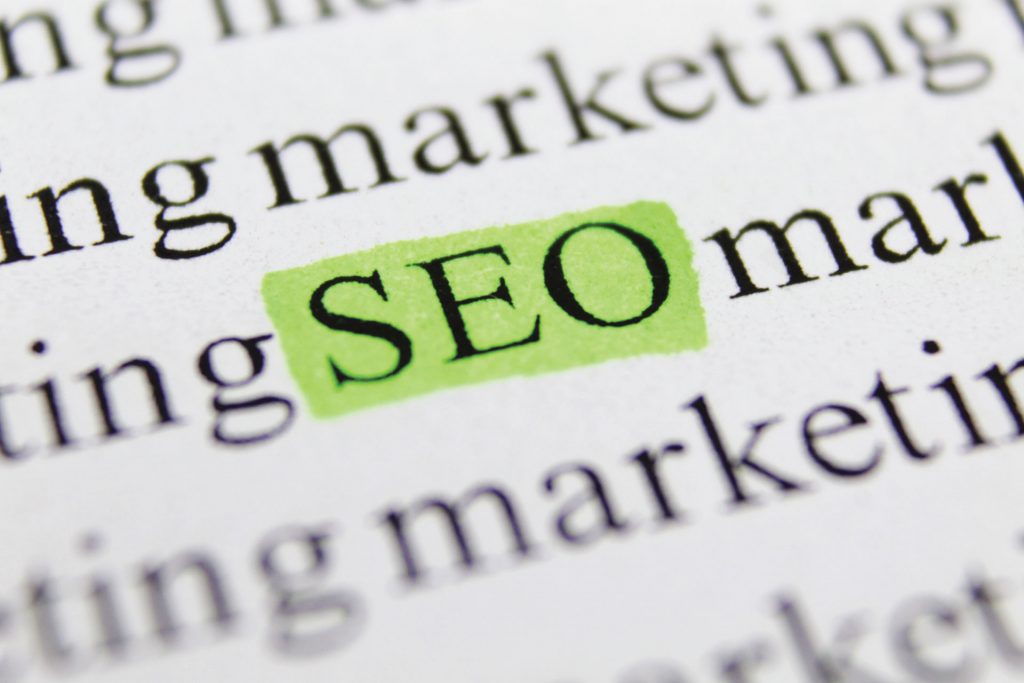
The term “on-page” refers to both the content and HTML source code of a page that can be optimized, as opposed to off-page SEO which refers to links and other external signals.
On-page SEO is the practice of optimizing your website using quality content and elements such as keywords, titles, good URLs, images, and so on.
Having good on-page SEO is crucial if you want to be ranked high on search engines such as Google.
9 Essential On-Page SEO Factors
By Optimizing their on-page ranking signals, website owners can improve their chances of ranking higher in Google search results.
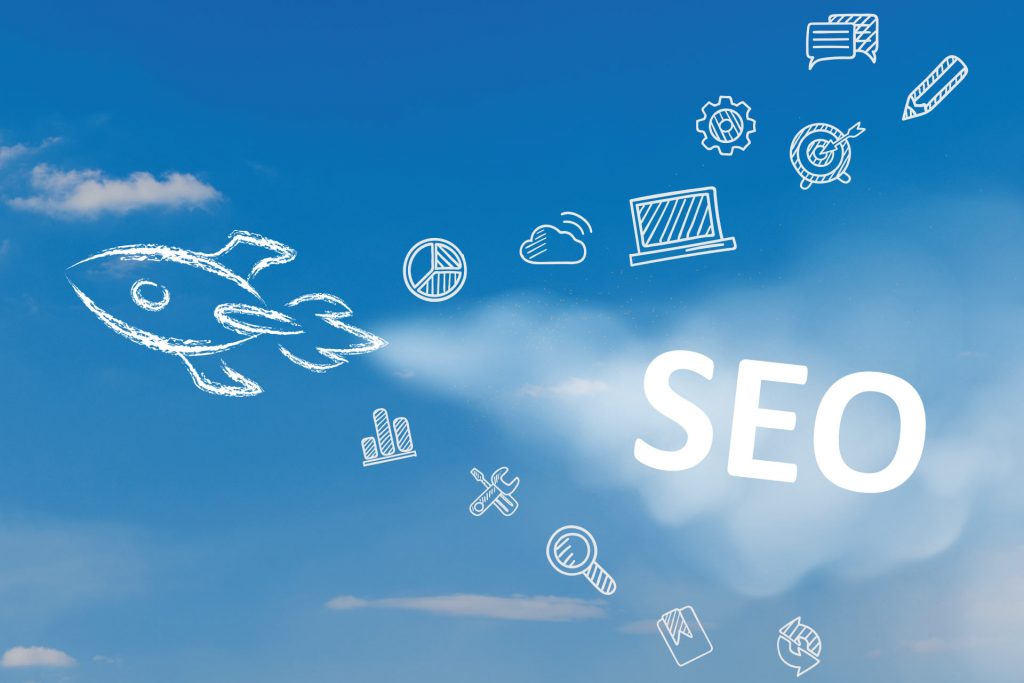
There are many different on-page SEO factors, but some of the most important are:
- Quality content
- Title tag
- Meta description
- Headings
- Proper formatting
- Image use
- Well-composed URL
- Internal linking
- Schema
1. Quality content – the most important on-page SEO factor
The content you post is a crucial part of SEO.
All the content that goes on your blog or website should be original and not rewritten, or even worse, copied and pasted from other websites.
When ‘reading’ your content, search engines can easily determine if it’s stolen or badly made, both of which will rank it low or even result in a ban.
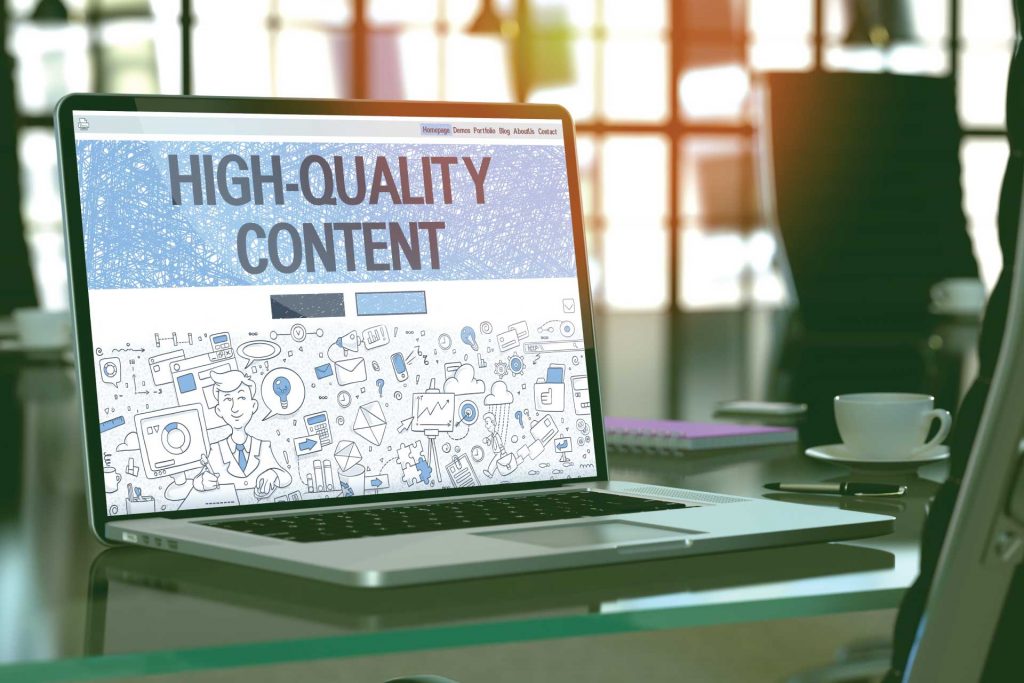
But having original content means nothing if no one can find it.
Don’t forget to identify both the keywords and related keywords and include them in your texts while avoiding keyword stuffing, which is a cheap tactic used by websites to rank themselves while their content has no real value.
What is the ideal content for proper on-page SEO?
Include the most important keyword both in the title and in the URL, about which we will talk more later in this article.
Additionally, the content you’re providing should be useful.
You shouldn’t just write for the sake of having content on your site, especially not if it will not add any value to it in the first place.
An article can be perfectly structured, with flawless grammar and good use of keywords, but that isn’t worth anything if no one is interested in reading it.
In case your article consists of a video or presentation, try to include text, as well.
Either provide a full text of what is happening in the video or a short description. This is so search engines can ‘read’ and rank articles like this, as well.
2. Title tag – First thing you click on
Simply put, the title tag is the title of your web page as seen on search engines.
Whenever you’re looking up something on Google, the part that contains the name of the article that you click on is this on-page SEO factor – the title page.
But why is the title tag important?
The name of the article is what makes people click it.
Whether they click it or not depends on how relevant it is to their search, so your goal is to make it as relevant as possible.
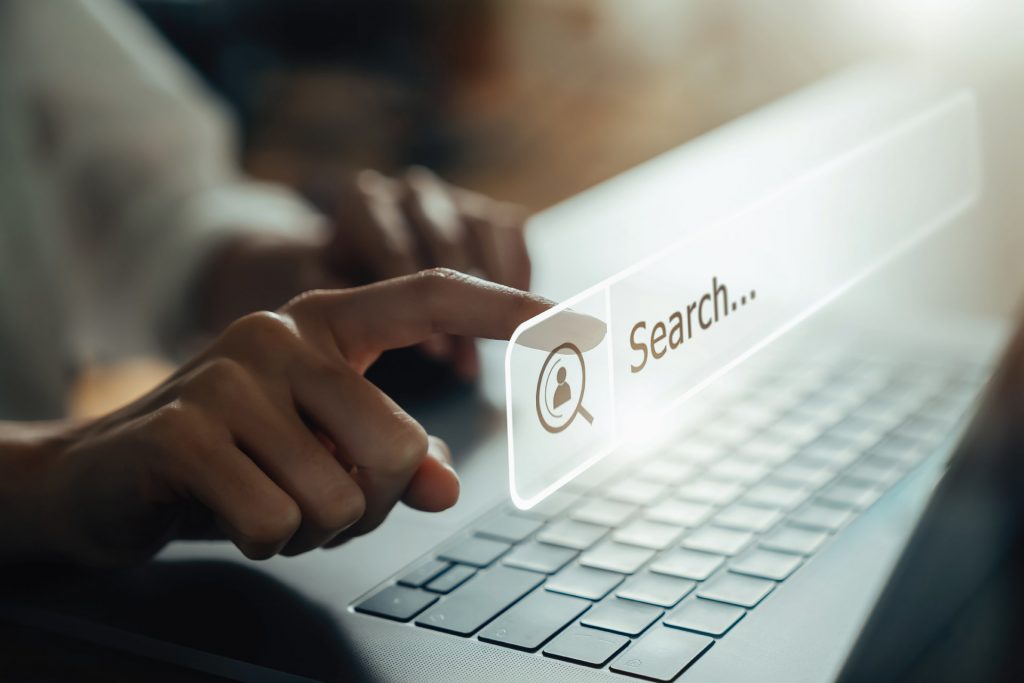
Besides including a keyword, here’s what you can do to succeed in that:
- Don’t make it too long (keep it under 60 characters)
- Avoid using too many keywords
- Put the primary keyword before any others
- Include numbers or words that can attract people (titles such as ‘5 Tricks To Boost Your Social Media Presence’)
- Avoid using all caps
Do keep in mind that a title tag isn’t the same as the H1 tag (the title of your article on your website).
While most websites keep them the same, some texts work better if the title tag and H1 tag are different. Also, it’s important to know the difference if you’re working on your SEO.
The title tag is what appears on search engine pages and when the article is shared on social media and other websites.
On the other hand, the H1 tag is the name of your article on your website.
3. Meta description – Right on target
Right underneath the title tag and the URL of a search result is the so-called meta description.
It presents a summary of your web page and is usually 160 characters long.
With the newest algorithm update, you can have 920 pixels (approximately 158 characters) for desktop and 680 pixels (120 characters) for mobile meta description.
This on-page SEO factor can have a great impact on whether people click it or not so make sure it includes the most important keywords and perfectly summarizes what your page is about.
Good meta descriptions are important for SEO because they produce clicks which then help rank your page higher up on Google.
Sometimes it is smart to keep it short and simple but to try to provide the information about the article/page.

You should also take a look at your competition and similar articles/pages and how they created their descriptions.
Try to improve it, to make your meta description more eye-catching and win them!
4. Headings – Key part of any content
Headings are one of the most important on-page SEO factors.
That’s because they help to break up your content and make it easier for readers to scan and find the information they’re looking for.
Plus, they give search engines an idea of the structure of your page and the main topics covered.
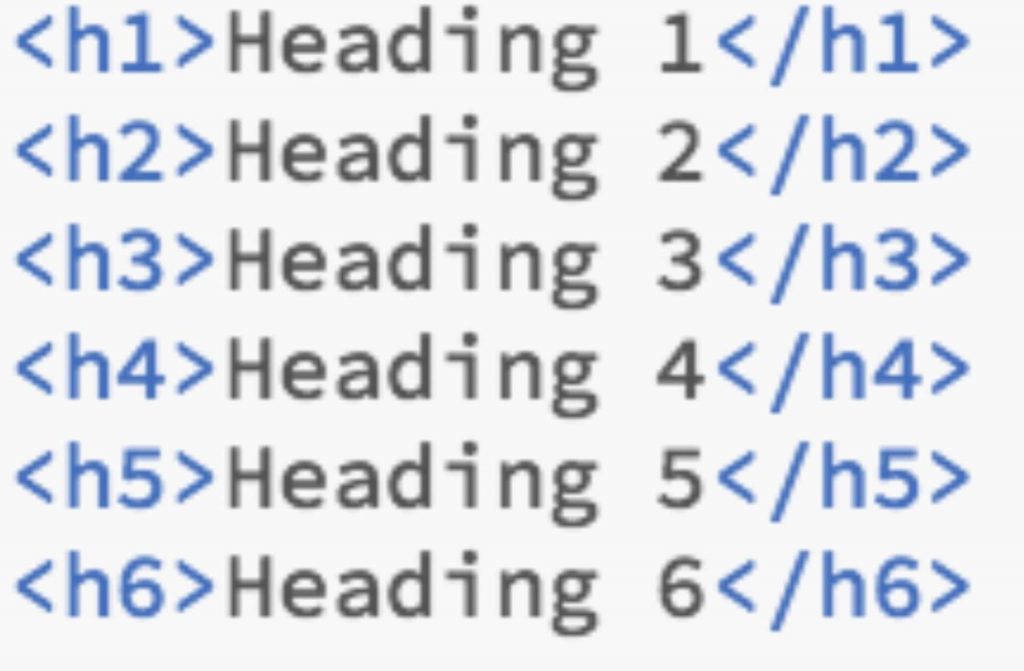
The H1 is one of the crucial elements of a web page since it is typically the first thing that a user will see.
For this reason, it is important to make sure that the H1 is crafty, compelling, and front-loaded with keywords, drawing your target audience into the main content.
However, H2s and H3s often provide more opportunities for SEO optimization, since they are more likely to be neglected, stale, and unoptimized.
By taking the time to optimize these elements, you can improve your website’s ranking in search engine results pages (SERPs) and draw more traffic to your site.
5. Proper formatting – On-page SEO elements
Now that you have your content and know the difference between the title and H1 tag, it’s time to properly format your page, which involves using a heading (H1) and subheadings.
Your page can have only one heading, and, as previously mentioned, that is the title of your text.
In contrast, you can have as many subheadings as you like. They’re used after the heading and are titled H2, H3, and H4.
It’s good to use them whenever you can because they give a form to your text.
They’re used to signify a new paragraph either in the form of a question (What is on-page SEO?) or a statement (On-page SEO elements).
They can be numbered or not, depending on the nature of your text.
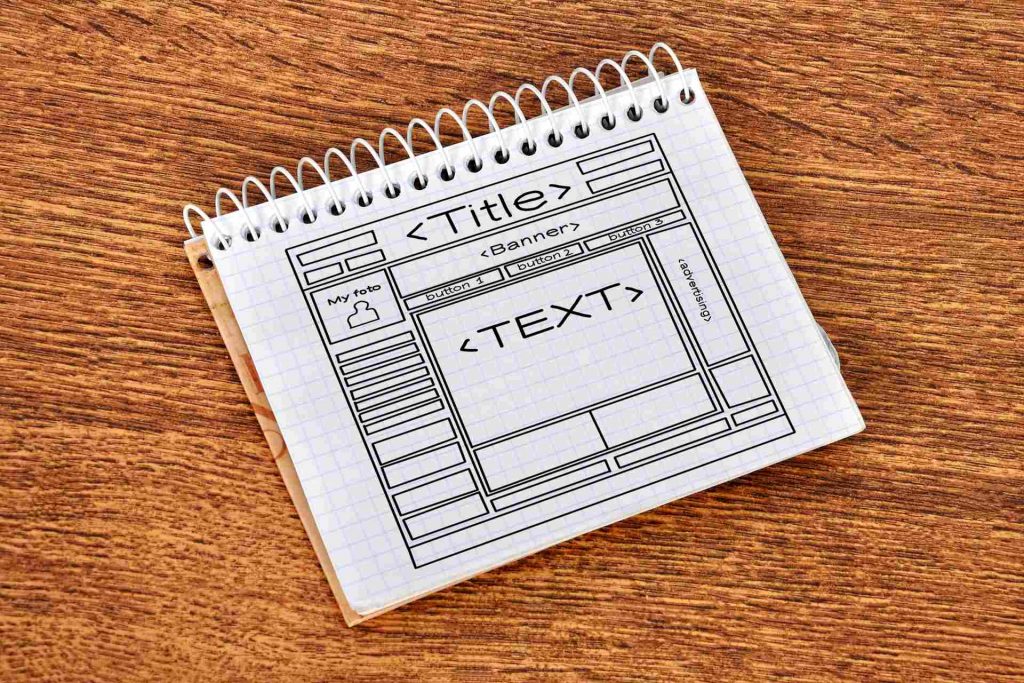
Furthermore, make sure your paragraphs aren’t too long and are properly divided because shorter paragraphs are easier to read and follow.
Feel free to use bold and italicized text and underline important parts, but don’t overdo it. Also, make the font readable, no one likes zooming in on their browser to read things.
6. Images as an on-page SEO factor
Images are used to make pages more interesting and appealing. They also provide space between paragraphs, so your page isn’t all text and there’s something to look at, as well.
Original images will boost your on-page SEO, but if you don’t have any, sourcing any images you use is a must.
Make sure they’re:
- of high quality,
- relevant to your text,
- well-positioned, and
- good size (because images that are too large can make a page load much slower).
Nowadays, GIFs are extremely popular and while it’s good to use a GIF or two in your article, don’t use too many, because their movement will distract the reader. Additionally, their size can slow down your website significantly.
As we already mentioned, it’s good to provide descriptions.
For example, if you’re writing a guide on how to make an Instagram profile look better, provide an image of a popular profile and a short explanation below the image of why the profile is a good example.
But maybe most importantly, make sure that the name of the image is accurate to what is on the image before you upload it.
If the image, for example, shows a woman enjoying a cup of coffee while holding a tablet, make sure the title isn’t ‘untitled35649’ and is something more like:
woman_drinking_coffee_using_tablet.
This is because you want the search engine to know what the image is.
7. Well-composed URL
Another important on-page SEO factor is a good URL.
Just like the title tag and the H1 tag, the URL of your page needs to encapsulate what your page is about, as well.
According to Google, the first 3-5 words in URLs are the ones that really matter, so it’s good to keep them as short and accurate as possible.
Include the primary keyword and avoid using random characters (www.examplewebsite.com/link?84649).
Usually, URLs have the name of the article in them, with hyphens instead of spaces.
This is because article names are already short, include the most important keyword, and are made to be eye-catching. Examples of good URLs would be:
- https://w3-lab.com/services/
- https://w3-lab.com/web-design/
- https://w3-lab.com/questions-to-ask-when-hiring-web-developer/
- https://w3-lab.com/10-ways-to-attract-new-customers-online/
As you can see, you can tell by the URLs what the links you are about to click are about.
The third one is a link to an article, and it contains the keywords ‘hiring web developer‘. The fourth one does that as well but with the phrase ’10 ways to attract’ to gain attention and clicks.
8. Internal linking – Relationships between your pages
One more on-page SEO factor – internal linking is the process of linking one page on a website to another page on the same website.
This is in contrast to external linking, which is the process of linking one website to another website.
This on-page SEO factor is important for two reasons.
First, it helps search engine crawlers discover new content and understand the context of various pages.
Second, it can help improve conversion rates by making it easier for users to find relevant information on your website.
If you have a large website, it is especially important to build an internal linking process to ensure that all of your content can be easily found and accessed by users.
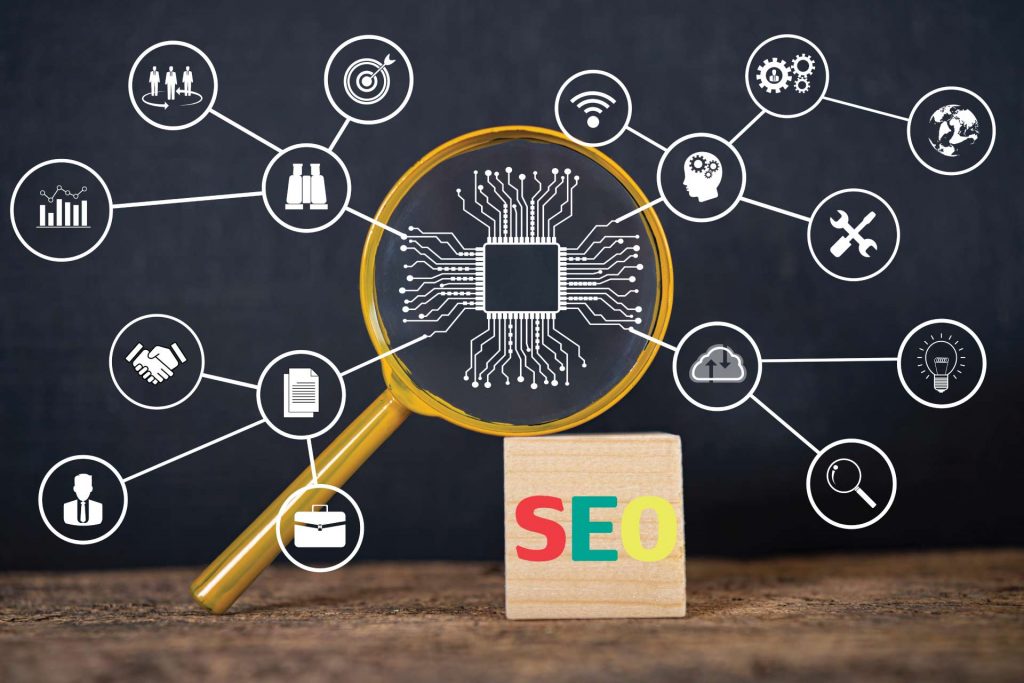
You can use internal links to advance your on-page SEO by:
- linking to related, existing content in new posts,
- linking from related, existing content to new posts.
For the best results, each new page on your website should contain links to it.
This helps to ensure that your pages are being discovered and indexed by search engines.
However, don’t force a link where one doesn’t naturally occur. It can come across as spammy and could have a negative impact on your SEO.
9. Valid Schema Markup
While the actual process of adding schema to a website may sound daunting, the truth is that it can be quite simple.
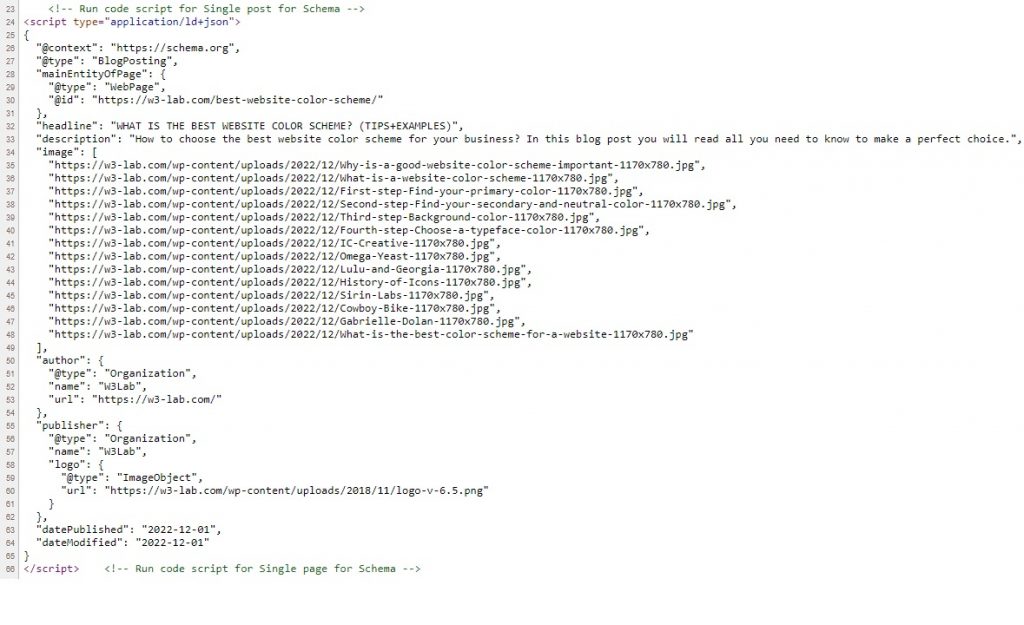
There are a number of tools available that can help to generate the necessary code, and many content management systems now offer built-in support for common schemas.
When it comes to structured data, it’s important to make sure that all of the necessary information is included in order to take advantage of all available SERP real estate.
For product schema, this means including Global Trade Item Numbers (GTINs) in order to be eligible for product panels.
Without GTINs, you’re missing out on valuable organic SERP presence.
Additionally, make sure that you define the aggregate rating limits in order to have your hard-earned star ratings appear on SERPs.
Incomplete structured data can mean you’re missing out on valuable SERP real estate, so it’s important to make sure that all the necessary information is included.
Over time, good schema can lead to an increase in click-through rates, as well as a boost in organic traffic.
Are those 9 the only important on-page SEO factors?
There are many SEO factors that contribute to a website’s ranking on search engines like Google.
But, to conclude, the most important on-page SEO factors include:
- well-written and original content,
- a good title and description tag,
- headings,
- formatting with the proper use of a heading and subheadings,
- the use of images and their descriptions,
- well-composed URLs that contain the most important keyword and aren’t too long,
- internal linking which makes relations between your pages, and
- good schema.
Other on-page SEO factors contain external linking, mobile-friendliness, page speed, security, and so on.
Now that you know how to boost your on-page SEO, it’s time to optimize your website even more and gain a higher search engine rank!
Thank you for reading!

